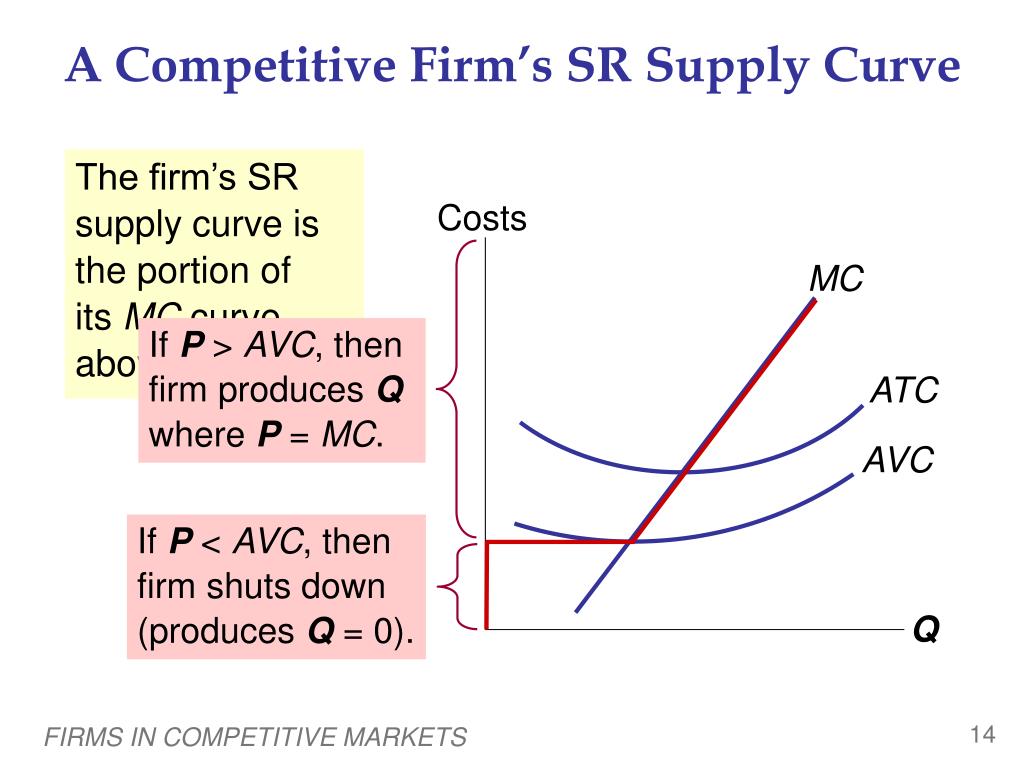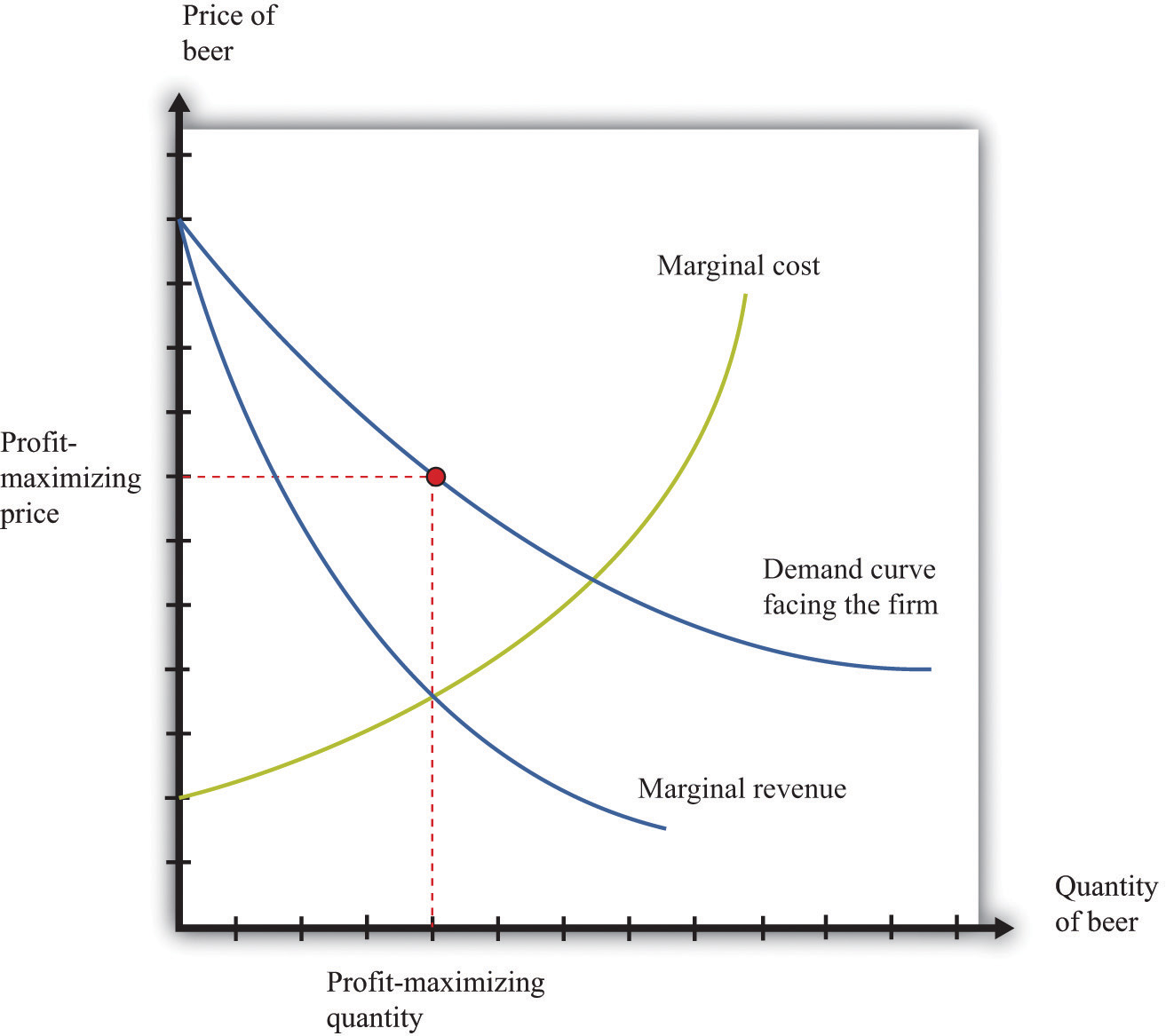
For each unit, the amount that you get, which is that marginal unit, that's also how much itĬosts you to produce it, now remember, when we're Happens when you produce a quantity where your average total cost is the same as your marginal revenue. And so, their marginal revenue curve, it would just be a horizontal line that you see right over there, and zero economic profit It in many, many videos, in a perfectly competitive market, the firms are price takers, that price is set by thatĮquilibrium point between the supply and demand curves, and the firms just take that. Perfective competitive market are going to be operatingĪt zero economic profit, and you can see thatĮxample right over here. Perfectly competitive market, the firms that operate in that Now, in previous videos, we talked about that in the long run, in a Or you can build factories, in the long run. Or, another way to think about it is, in the long run, fixed costsĪctually become variable, you can shutter factories, Is the time span where firms can enter and exit the market. Gonna focus on the long run, and remember the long run The state of technology is one factor that determines the level of output at which this occurs.Let's dig a little bit more into analyzing perfectlyĬompetitive markets, and in particular we're

Under perfect competition, profit is always maximized at the level of output where marginal cost equals the market price.


Just as a technological improvement will cause firms that adopt it early to earn economic profits that attract new entrants to the industry, prohibition of the cost-minimizing technology will cause economic losses and typically force some firms to exit the industry. At each price level, the quantity supplied will be less than before. This is represented by a shift to the left in the industry supply curve. If that technology is outlawed, firms will have to revert to the second-best technology, which will increase their costs of production. If all the firms in a competitive industry have adopted a technology for production, it is presumably the technology that minimizes their production costs.


 0 kommentar(er)
0 kommentar(er)
